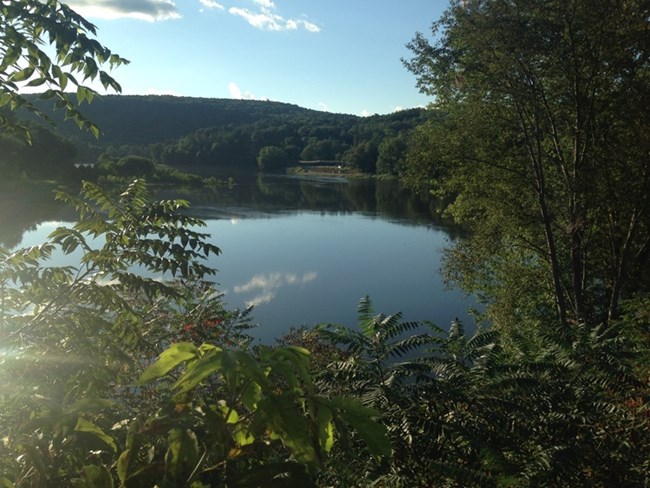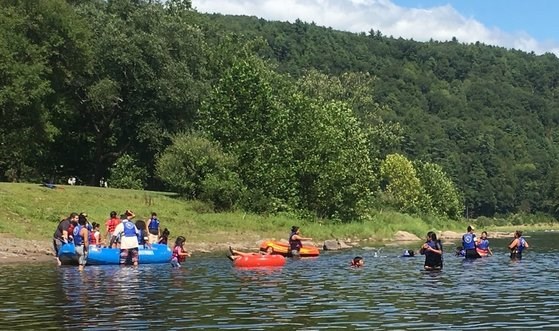Park CreationThe National Park Service is an agency of the Department of the Interior, part of the Executive Branch of the U.S. Government. Laws created by Congress establish the highest order of legal authority over national parks. Many laws, including the Organic Act of 1916 that created the National Park Service, affect all areas managed by the agency. In 1978, Congress used the Wild and Scenic Rivers Act (WSRA) to designate the Upper Delaware River as a unit of the national park system and a component of the National Wild and Scenic Rivers System (NWSRS). 
National Park Service Wild and Scenic Rivers Act RequirementsDirector's Order #46 describes the management responsibilities for designated wild and scenic rivers that are part of the national park system. Congress passed the WSRA to protect selected rivers from dams, diversions, channelization and other projects that have had detrimental effects on so many of the Nation's waterways. Section 7 of the WSRA imposes restrictions on water resources projects in order to protect and enhance the values for which rivers are added to the NWSRS. Section 7(a) provides the Upper Delaware with permanent protection from federally licensed or assisted dams, diversions, channelization or other water resources projects that would have a direct and adverse effect on its free-flowing condition, water quality, or "outstandingly remarkable values"; or, for projects upstream, downstream, or on a tributary to the designated segments, that would invade or unreasonably diminish the segment's fish, wildlife, scenic, or recreational resources. The determination of a proposed federally assisted water resources project's potential impacts on a river's outstandingly remarkable values, water quality, and free-flowing condition is made by the National Park Service. Section 7(a) also explicitly prohibits the Federal Energy Regulatory Commission (FERC) from licensing any new dam, water conduit, reservoir, powerhouse, transmission line, or other project works on or directly affecting a designated river segment. The determination of whether a proposed FERC project is on or directly affects a river is made by the National Park Service. National Park Service PoliciesService-wide policy for the National Park Service is developed by the Office of Policy with public input and in accordance with applicable laws. Policies that dictate many of the overall directions and procedures used by all parks are found in the 2006 National Park Service Management Policies. National Park Service Rules and RegulationsPark rangers enforce certain National Park Service rules and regulations inside the ordinary high water mark of the Delaware River from the confluence of the East and West Branches at Point Mountain in the vicinity of Hancock, New York to the #2 railroad trestle in the vicinity of Sparrowbush, New York, and on any lands owned or managed by the National Park Service within the designated boundary of Upper Delaware Scenic and Recreational River. Regulations pertaining specifically to Upper Delaware Scenic and Recreational River are contained in the park's Superintendent’s Compendium. The Superintendent's Compendium serves as public notice, identifies areas closed for public use, provides a list of activities requiring either a special use permit or reservation, and elaborates on public use and resource protection regulations pertaining specifically to the administration of the park. All federal regulations covering National Park Service lands are included in the Code of Federal Regulations, Title 36, Chapter 1 also known as 36 CFR. Nothing contained within 36 CFR, it should be noted, applies to privately owned lands within the park’s boundary. Glass Ban in EffectThe possession of glass containers is prohibited on the river and to the ordinary high water mark. 
National Park Service Personal Flotation Device (PFD) Requirements
|
Last updated: May 17, 2023
